King of Kings : Gilgamesh
Gilgamesh (Gilgameš) also known as Bilgamesh in the Sumerian text beginning, is the fifth king of Uruk (Early Dynasty II, the first dynasty of Uruk), reigning for 126 years, around 2500 BC (according to the Sumerian king's list). Gilgamesh is the central character in the Epic of Gilgamesh, the greatest work still alive at the beginning of Mesopotamian literature.
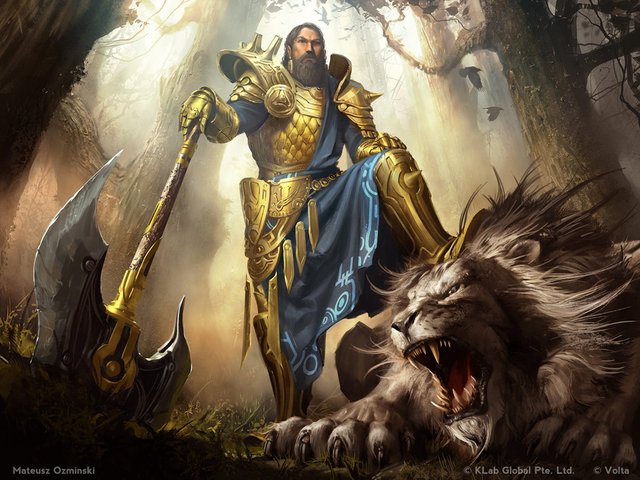
The son of Lugalbanda is according to his legend, two-thirds gods and a third man. His mother was named Ninsun, sometimes called Ramat Ninsun, who was a goddess.
In Mesopotamian Mythology, Gilgamesh is described as a divine half-god who possesses superhuman powers. Who built a massive wall to protect his people from external threats and travel to meet Utnapishtim, the sage who had survived the Great Flood. This story can be said to be the equivalent of the Greek story of Heracles.
In the Epic of Gilgamesh, Mesopotamian literature, it is said that Gilgamesh had ordered to build the legendary walls in Uruk. In another version says, near the end of the story, Gilgamesh boasted to Urshanabi, the juror, that the city wall was built by the Seven Sages.
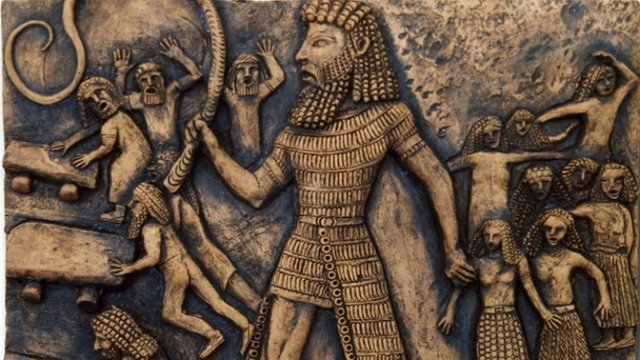
In historical records, Sargon Agung claims to have destroyed these walls, to prove his military power. Experts believe that the Gilgamesh Epic is probably related to the biblical story of the flood mentioned in Genesis.
Pieces of an epic found in Me-Turan (Tell Haddad now), tells us that Gilgamesh was buried under water from a river at the end of his life. The people of Uruk divert the flow of the Euphrates River, to traverse Uruk which aims to bury their deceased king in the riverbed.
Though unproven, most scholars do not oppose the opinion of Gilgamesh as a historical figure, especially after discovering inscriptions that reinforce the historical existence of other figures associated with it, namely: the king of Enmebaragesi and the Aga of Kish.
If Gilgamesh was indeed a historical king, he probably reigned around the 26th century BC. Some of the earliest Sumerian texts spelled his name as Bilgamesh. Difficulties in reading Akkadian cuneiform's initial letters, causing Gilgamesh to re-enter the cultural world in 1891 as "Izdubar" (literally translated from the image for "Gilgamesh").
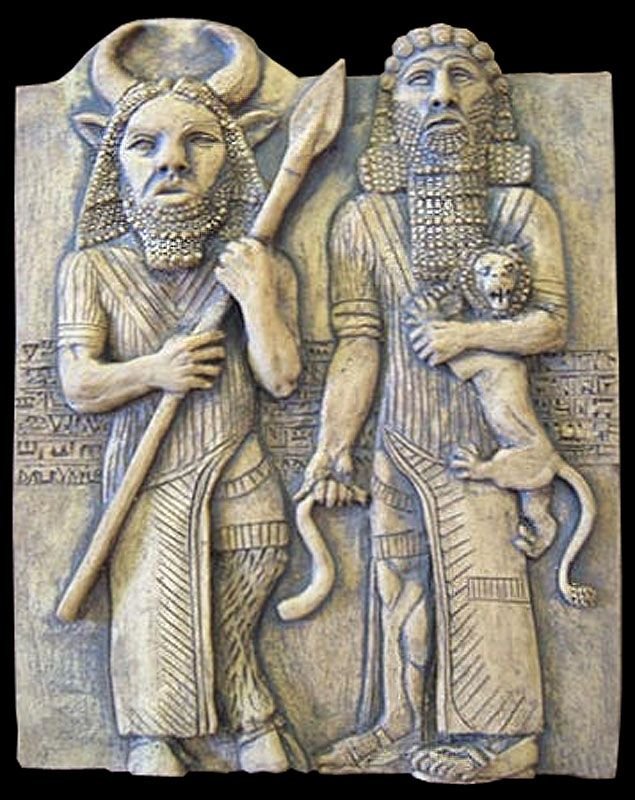
In various texts, Gilgamesh is widely written with the provision of divine beings (DINGIR / Dewa / Tuhan), but there is no evidence for the cult of worship at that time. While the Sumerian myths about Gilgamesh show the deification (deification) which is a development in the future (as is the case of the gods / kings of Akkadian).
Historically or not, Gilgamesh became the legendary hero of the Epic of Gilgamesh. And over the centuries, there has been a gradual addition to the story of him. Some may come from the real lives of other historical figures, especially Gudea, the Second Dynasty of Lagash rulers (2144-2124 BC).
The name Gilgamesh also appears once in Greek, as "Gilgamos" (Γίλγαμος), in the Aelian, "De Natura Animalium", 200. In the Aelian story, the Babylonian King, Seuechorus or Euechorus, is predicted, that his grandson, Gilgamos, will kill him .
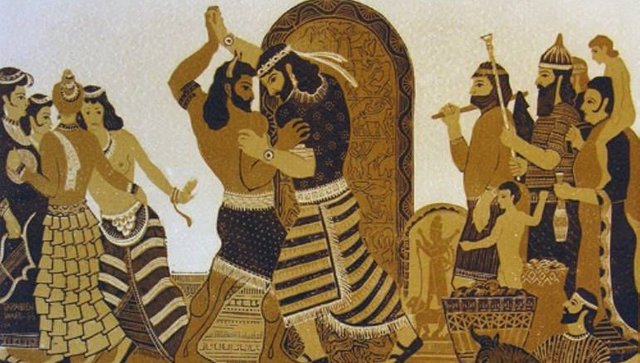
Thus, Seuechorus threw Gilgamos from a tall tower. A Hawk broke his fall, and the baby was found safe and raised by a gardener, who eventually became king.
Theodore Bar Konai, year 600, writes in Syria, also mentions a king of Gligmos, Gmigmos or Gamigos as the last line of 12 contemporary kings with Peleg's ancestors to Abraham. This incident was also regarded as a remnant of the memory of Gilgamesh.
Find More This Kind of Story In @factsout
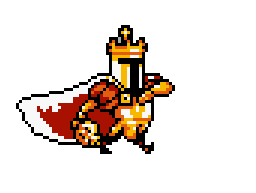
If something interferes with your mind or wants to discuss about, you can leave the comment down below.